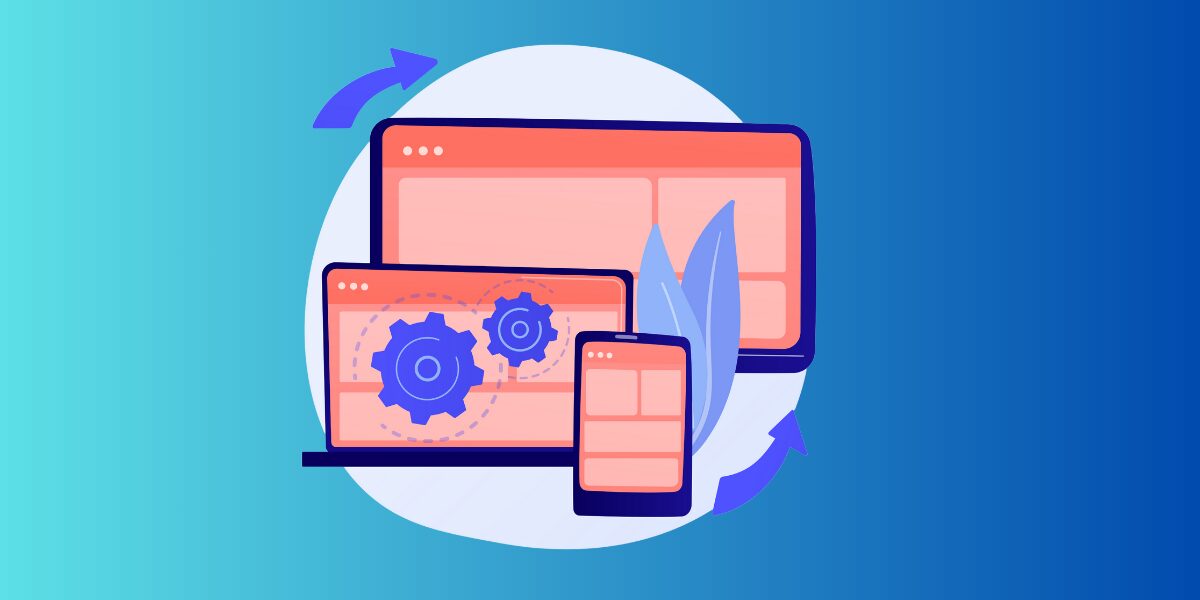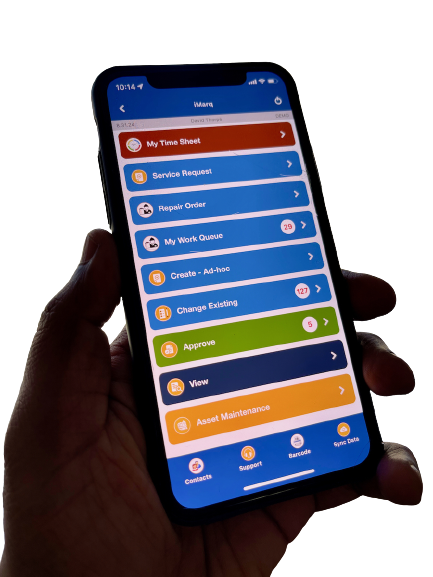Digitization is a key player in giving traditional companies a competitive advantage by enhancing efficiency and ensuring the delivery of quality services and goods to an increasingly demanding customer base. For businesses with crew in the workshop and the field, automation of mundane routine tasks and non-value-added activities becomes an absolute necessity to lead the business to be a technology-enabled competitor in the market. Here is a quick guide to digitization – what makes it work, and what makes it work really well. And, yes, this is a contrarian approach to traditional technology roll-outs, but it works.
But first, why Digitize?
We have discussed the imperatives for digitization before, but here is a quick summary::
Shortage of skilled workforce: Many businesses have collectively responded to the prominent technician shortage in the market, which poses an efficiency problem to companies that heavily rely on manual processes.
Newer technologies demand more skills and more training: The rapid inclusion of advanced technology (e.g., EV) can pose an inevitable challenge to workshop owners – frequent staff training.
Supply chain challenges: Expanded customer expectations and Increasingly complex operations demand automation to improve real-time visibility and maximize coordination and collaboration. Throwing manpower at the problem, as has been the case traditionally, is no longer the answer.
Increasing competition: The competitive landscape remains the main driving force for companies moving toward digitization – are you adopting technology at least as fast as your peer group?
The contrarian approach to Digitization – and why it works

The traditional thinking with any tech adoption has been that you first perfect the manual process before you adopt the technology. It often takes months, and more likely years, to get to the degree of perfection that will now allow technology adoption. The process of updating traditional back-end systems begins thereafter which then eats up more months, if not years. And if the business environment has changed by then, you are back to square one.
This does not have to be the case any longer.
The flexibility offered by no-code digitization systems like Connixt iMarq allows the digitization of your manual processes within days, irrespective of the complexity of your back-end systems. And once digitized, you now gain the ability to modify your digital processes faster than ever before – and continue to make changes in real-time. iMarq, for example, will reflect changes you make within minutes – without need for a new download or update.
Here’s an example:
Pre-digital: In a practical workshop or field scenario, there might be a need for changing inspection steps, adding a new field to the inspection list, or making some item in a checklist mandatory. In a pre-digital model, changes need to be submitted to the IT Department, who then queue up and implement (change, test, deploy) these changes in complex back-end systems, leading to additional IT costs and large scale change management. All of this can be significantly time-consuming while also multiplying the associated cost.
Post-digital: Changes to processes can be easily and instantly deployed without IT intervention. Systems like Connixt iMarq put the power of configuration changes in the hands of user organizations making adoption of these changes truly easy to try out and continue modification. One of the most common changes Connixt encounters with iMarq deployments is user requests to modify forms or the steps taken to complete an inspection. These changes are easily done by a user administrator, and the next time the user fires up the app, these changes are reflected. Making changes based on user feedback or changing mandates/audit requirements has never been easier.
Actually not so contrarian
While this idea might seem challenging in theory to many, there’s nothing entirely new in this conception. Consider your standard consumer app: every update is a reflection of user feedback or modification to a process with no IT involvement, no additional training, and easy change management. Why should your enterprise mobile app deployment be any different?
Adopt Digitization to Revolutionize Processes
As with most transformational processes, the core of all digital deployments continues to be the People, Process, and Technology framework, except there is a necessity to truly put People first:
– People should always come first: The employees charged with executing the work – the end-users – are the primary drivers of success. The key to success lies in user-friendliness and ease of adoption.
– Processes change frequently: Once the users are onboard, making changes is easy with the right digital tools and technology.
– Technology should really be a non-issue: The actual technology driving all this should be irrelevant to the end-user (and indeed to most of the business). Changes to back-end systems, updates to cloud systems, migrations, upgrades – none of these should matter to the end-user.
If you’re thinking about digitally transforming your processes and system in a flexible manner, contact us today for a demonstration!





